Turn any article into a podcast. Upgrade now to start listening.
Premium Members can share articles with friends & family to bypass the paywall.
Happy Friday! Don’t look at your 401(k).
Quick Hits: Today’s Top Stories
- U.S. Ambassador to Ukraine Bridget Brink plans to leave her post early, the State Department confirmed Thursday. She was appointed to the role by former President Joe Biden in April 2022, shortly after the start of Russia’s invasion of Ukraine. She has not yet confirmed her resignation, but a senior U.S. official told CBS News it stemmed from a “mix of personal and policy concerns,” including the Trump administration’s layoffs at the U.S. Agency for International Development. “She’s been the ambassador there for three years—that’s a long time in a war zone. And frankly, the war has gone on for far too long,” a State Department spokesperson told the news agency. “The real issue is whether the Russians and Ukrainians are ready to do what’s necessary to end this war.”
- The Supreme Court on Thursday upheld a lower court ruling requiring the Trump administration to “facilitate” the return of Kilmar Abrego Garcia—a Salvadoran national and U.S. legal resident who was deported to an El Salvador prison last month due to an “administrative error”—to the United States. The unsigned order followed the Supreme Court’s decision to grant an administrative stay pausing a Monday deadline set by a federal judge for Abrego Garcia’s return. The government has accused Abrego Garcia of being a member of the MS-13 gang, an allegation he and his lawyer dispute.
- President Donald Trump on Wednesday signed a pair of presidential memoranda directing government investigations into two top officials from his first administration. One of the orders revoked any security clearances held by Chris Krebs, the former head of the Cybersecurity and Infrastructure Security Agency responsible for securing the 2020 election, describing him as a “significant bad-faith actor who weaponized and abused his government authority.” Meanwhile, a separate memo singled out Miles Taylor, chief of staff at the Department of Homeland Security during Trump’s first term. In 2018, Taylor authored an anonymous New York Times opinion piece criticizing the president before resigning from the administration a year later.
- The House of Representatives passed a Trump-backed budget resolution with a 216-214 vote on Thursday, a day after House Speaker Mike Johnson stopped a vote on the measure to advance the president’s domestic agenda amid Republican opposition. Johnson and Senate Majority Leader John Thune held a joint press conference ahead of Thursday’s vote, pledging to find the $1.5 trillion in savings outlined in the House’s original budget plan. The Senate version, which the House adopted Thursday, calls for a minimum of just $4 billion in spending cuts. Two Republican lawmakers joined all of the chamber’s Democrats in voting against the blueprint.
- A helicopter crashed into the Hudson River on Thursday afternoon, killing all six people aboard, including three children. Its cause is still under investigation. According to the New York Times, the helicopter accident is New York City’s deadliest in at least seven years when a helicopter crashed after a safety harness caught on the aircraft’s shut-off lever, stopping the engine. At least 32 people died in New York City helicopter accidents between 1977 and 2019, an analysis by the Associated Press found.
A Tariffs U-Turn
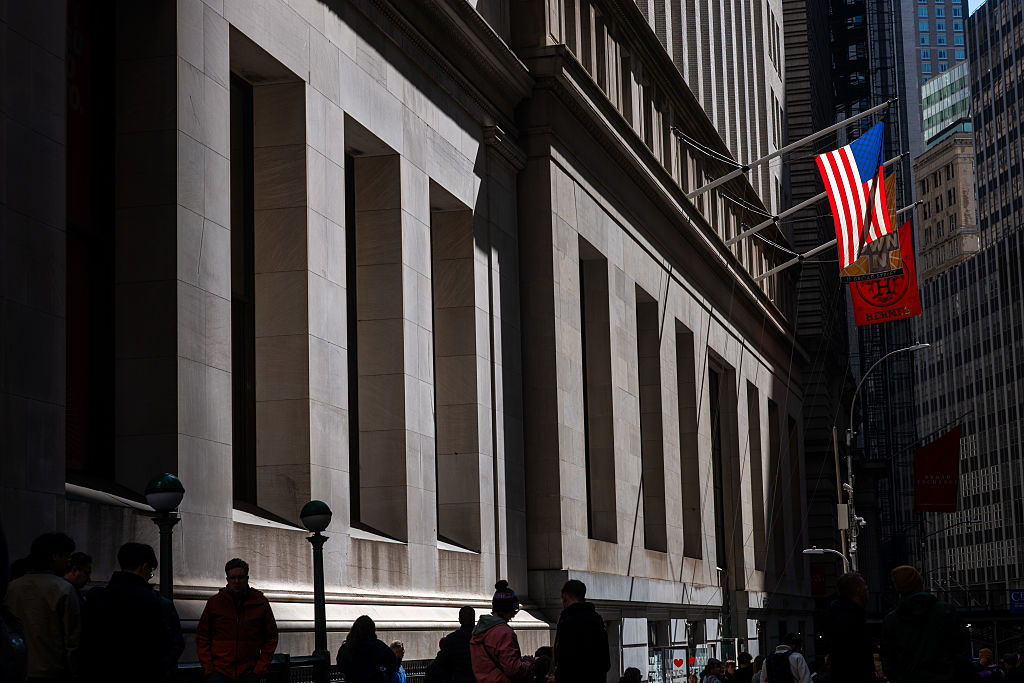
It’s been an eventful week for American financial markets. In response to the suite of tariffs announced by President Donald Trump on April 2, major stock market indices saw some of their greatest single-day declines of the postwar era, rivaled only by Black Monday in 1987, the 2008 financial crisis, and the beginning of the COVID pandemic.
“BE COOL!” Trump urged in a Truth Social Wednesday morning, as markets continued to plunge. “Everything is going to work out well. The USA will be bigger and better than ever before!” But hours later, Trump blinked. In another Truth Social post, he announced a 90-day pause of most of the “reciprocal,” or tailored, tariffs he had unveiled the week before—with the notable exception of duties on Chinese goods. “I thought that people were jumping a little bit out of line,” he told reporters later in the day. “They were getting yippy.”
It took some time for the White House to clarify what, exactly, the change in policy meant, but by Friday, the outlines of the new new U.S. trade policy had emerged: a whopping 145 percent tariff rate on Chinese goods; a baseline 10 percent tariff on the rest of the world; and 90 more days of profound uncertainty as American trade partners—and American businesses—scramble to determine their next move.
What has also emerged over the last few days is evidence that Trump has at least one limit: imminent recession. On Tuesday night, White House officials and Republican politicians (not to mention Americans with retirement accounts) were faced with the brute fact that trillions of dollars in market value had been wiped out in less than a week: From April 2 to April 8, the Dow Jones Industrial Average dropped 10.85 percent, the S&P 5oo plummeted 12.1 percent, and the tech-heavy Nasdaq Composite was down 13.3 percent.
Some Republican senators began to publicly sound the alarm bells. “He’s like the pitbull that caught the car,” said Sen. John Kennedy of Louisiana during a Fox News town hall Tuesday night. “I hope he [Trump] takes a deal.” In private, Republican lawmakers were even more unnerved. The senators who appeared on Fox with Kennedy—a group including Sens. Katie Britt of Alabama, Tom Cotton of Arkansas, and Ted Cruz of Texas—had an hour-long phone call with Trump after the episode, according to reporting by the Washington Post. Cruz said he told the president that continuing the trade war, as opposed to using tariffs as leverage to make trade agreements with other countries, would lead to a “terrible outcome.”
Inside the White House, a faction led by Treasury Secretary Scott Bessent and Secretary of Commerce Howard Lutnick pushed for Trump to back down, as a group of die-hard protectionists led by Peter Navarro—the president’s senior counselor for trade and manufacturing—publicly declared that the administration would not relent. According to both the New York Times and the Wall Street Journal, Bessent and Lutnick eventually managed to convince Trump to reverse course, helped in large part by a panic in bond markets. Sitting with the president in the Oval Office, the secretaries helped craft the post announcing the pause. “This was his strategy all along,” Bessent later told reporters.
Markets responded with relief. On Wednesday, the S&P 500 shot up by almost 10 percent, the Dow Jones rebounded 12.3 percent, and the Nasdaq climbed 7.8 percent. “It’s gonna be a record,” Trump told Sen. John Barrasso on the White House lawn in a hot-mic moment captured by CNN.
But the celebration may have been premature. The stock market slid again on Thursday as investors continued a flight from U.S. assets. “There’s a set of harms that are irreversibly baked in now,” Justin Wolfers, an economist at the University of Chicago, told TMD. “The rest of the world has learned something about Trump, which is that the guy doesn’t like to live up to his deals,” he added. “What we’ve also shown is that the American people are an electorate who are willing to elect leaders who will upend the world order.”
Making an investment in the U.S. is now a much more uncertain proposition. “Who is going to invest much money when we could start a second round of craziness in 90 days?” Veronique de Rugy, a senior research fellow at the Mercatus Center at George Mason University, wrote in an email to TMD.
What’s more, actual tariff rates are still quite high, thanks to the baseline 10 percent tariff, the massive levies on China, and the taxes on Canadian and Mexican imports. “Average tariff rates [are] still the highest in over a century,” Jason Furman, the former deputy director of President Barack Obama’s Council of Economic Advisers, noted on X.
If the market rally after the pause was uncertain and partial, so was the response from U.S. trade partners. Some countries quickly walked back countermeasures just after launching them. Shortly after the president’s about-face, the European Union announced plans to delay its first tranche of retaliatory tariffs on the U.S., which came in response to Trump’s steel and aluminum tariffs. The duties would have reportedly targeted specific sectors like poultry, motorcycles, and wood. “We want to give negotiations a chance,” EU Commission President Ursula von der Leyen said on X. “If negotiations are not satisfactory, our countermeasures will kick in. Preparatory work on further countermeasures continues.
Meanwhile, other countries doubled down on their plans to retaliate, particularly those who didn’t experience much relief from Trump’s pause. While neither country has been slapped with the 10 percent baseline tariff, both Canada and Mexico still face 25 percent tariffs on a variety of goods. Canadian Prime Minister Mark Carney said that his country—America’s second-largest trading partner—would continue to impose counter-tariffs in response to U.S. levies on steel, aluminum, cars, and other goods, which predated “Liberation Day” and were not lifted by the pause.
Additionally, Canadian tariffs on some U.S.-made vehicles went into effect Wednesday, with import taxes of up to 25 percent on American cars and trucks. The American auto giants Ford, General Motors, and Stellantis are likely to be the hardest hit: The vast majority of the cars they sell in Canada are manufactured in the United States. Even more crucially, the U.S. and Canadian supply chains are deeply entangled, as parts often cross the border multiple times during assembly: The transmission module produced by the Canadian company Linamar, for example, traverses back and forth six times over the course of its production.
At least publicly, Canada is not signaling a desire to make a deal with the U.S., pledging to support impacted industries with tariff revenue. “We will fight, we will protect, and we will build,” Carney said in Toronto on Tuesday.
If Canada is engaged in a gradually escalating tit-for-tat with the U.S., China has already cried havoc and let slip the dogs of trade war. After the U.S. announced a 104 percent tariff on Chinese exports Wednesday, China retaliated by raising its tariffs on U.S. products from 34 percent to 84 percent. Trump responded by increasing the U.S. tariff rate to 145 percent, but Beijing vowed to to keep ratcheting up the pressure. “If the U.S. decides not to care about the interests of the U.S. itself, China and the rest of the world, and is determined to fight a tariff and trade war, China’s response will continue to the end,” Chinese Foreign Ministry spokesman Lin Jian told reporters on Wednesday.
And its threats may be earnest. “They have a bunker that they’ve been building for this moment,” Melanie Hart, the senior Director of the Atlantic Council’s Global China Hub, said during a Wednesday press briefing. “If I’m Xi Jinping, I’m feeling a lot more comfortable than Donald Trump today.”
Beyond tariffs, China has access to a wide range of economic weapons to use against the U.S., ranging from export controls on critical minerals to the option to open regulatory and antitrust investigations into U.S. companies with extensive operations in China, like Apple or Nike.
Trump’s tariff pause, then, has not introduced much stability back into global markets. Stocks continue to slide, and worrying signs of a flight from U.S. bonds remain. With Bessent preparing to become the administration’s chief negotiator as dozens of nations line up to hammer out trade deals before the 90-day deadline passes, the White House is both racing against time and facing a permanently blemished reputation as a reliable partner. America and China, the U.S.’s third-largest trade partner and the world’s second-largest economy, also appear to be locked into a no-holds-barred economic showdown.
“What we’ve learned is that when faced with the near inevitability of a recession, the president will pull back,” Wolfers told TMD. Beyond that, what precisely will happen is anybody’s—perhaps not even Trump’s—guess.
Today’s Must-Read
A lot of the politics of trade have changed over the last four decades, including the fact that it’s the Republican Party, fully behind Trump, that is more closely associated with trade protectionism than the Democratic Party. Just as it’s no longer Ronald Reagan’s GOP when it comes to foreign policy, constitutionalism, and free-marketism, it’s no longer the pro-protectionist Democratic Party of Mondale, Dick Gephardt, and organized labor. Or is it?
Toeing the Company Line
Show Me the Man and I’ll Show You the Crime
‘Retribution’ comes for Chris Krebs and Miles Taylor.
Mike Lee Retreats on Free Trade
Why Utah’s senior Republican senator has no plans to reintroduce his bill to reassert congressional authority over tariffs.
Understanding the Trump Show
He doesn’t need your vote—he wants your attention.
When the GOP Seemed on the Verge of Extinction
In 1976, the party was in disarray. But in American politics, things are never as bad—or good—as they seem.
Our Failing Branches of Government
‘Stop playing 9-dimensional chess, you’re not good at it.’
Worth Your Time
- In a deeply reported feature for Switchboard Magazine, Nathan Rizzuti gave readers an inside look at Louisiana’s oddest odd job: hunting for long-submerged cypress trees. “Cypress – taxodium distichum – goes by many names: bald cypress, red cypress, swamp cypress, gulf cypress. But if you hack away at a living cypress tree on state property, the Louisiana Department of Agriculture and Forestry can, and will, serve you up to a 5-year prison sentence and a fine of up to $5,000. … Hamilton and Jack go for the wood that’s been dead a long time – sinker cypress, also commonly called deadhead logs. Sinker cypress is a term for mature cypress logs that were cut or felled anywhere between one hundred to five hundred years ago. A handful of factors determine a log’s value, but a large, mature stick can fetch a price upwards of $20,000,” he wrote. “In the case of the map thieves, Jack explained that they had to pay the perpetrators a courtesy visit. He looks at the gun with a smile. But the territorialism of the cypress game is understandable. Over half the work of getting a log is tedious surveying, slowly scanning the riverbed for potential hits. Then, the waiting is punctuated by short, suspenseful underwater wrestling matches as you yank a multi-ton object from its bed of three hundred years.”
Presented Without Comment
CNN: RFK Jr. Claims New Research Effort Will Find Cause of ‘Autism Epidemic’ by September
In the Zeitgeist
Readers will undoubtedly be relieved to learn that, after a decades-long feud they were apparently having, Elton John and Madonna have finally buried the hatchet. In honor of old rivalries and new friendships, please enjoy this 2000 performance of “Goodbye Yellow Brick Road” by John and Billy Joel.
Let Us Know
How have you been affected by the market chaos?
Correction, April 11, 2025: The Quick Hits section has been updated to reflect that the cause of the helicopter crash in New York City on April 10 is still under investigation and that a 2018 crash was caused by a safety harness catching on a shut-off lever.

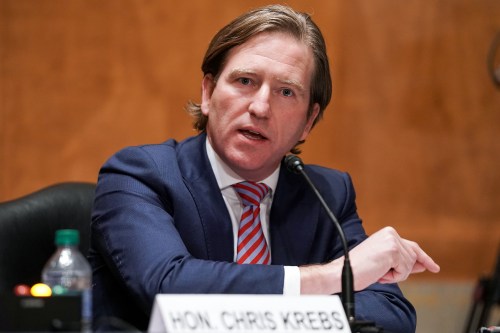



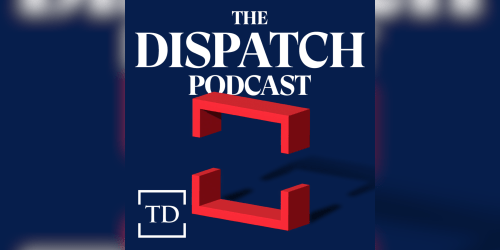


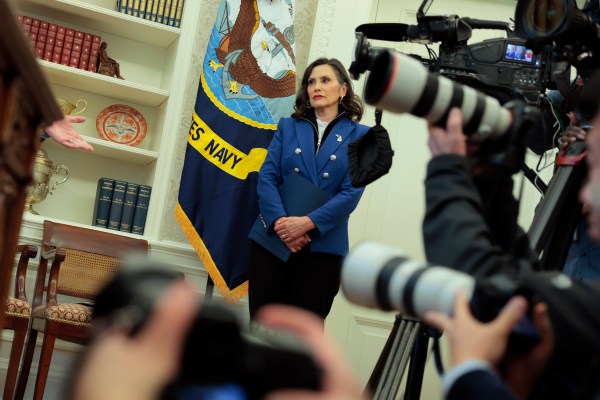

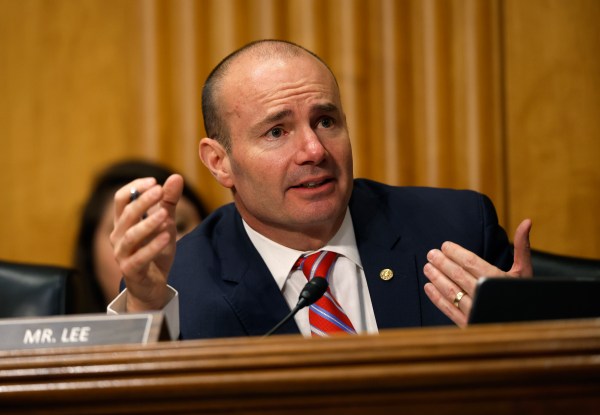
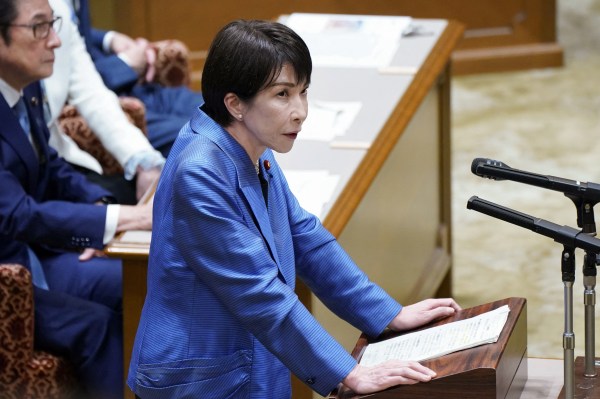
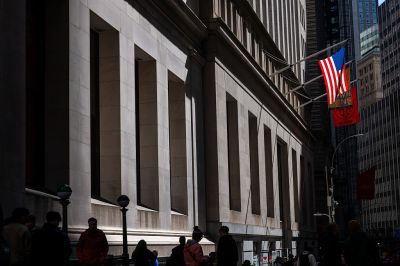
Please note that we at The Dispatch hold ourselves, our work, and our commenters to a higher standard than other places on the internet. We welcome comments that foster genuine debate or discussion—including comments critical of us or our work—but responses that include ad hominem attacks on fellow Dispatch members or are intended to stoke fear and anger may be moderated.
With your membership, you only have the ability to comment on The Morning Dispatch articles. Consider upgrading to join the conversation everywhere.